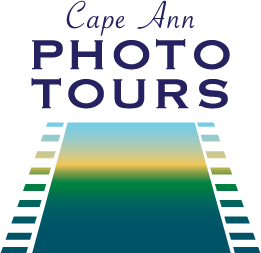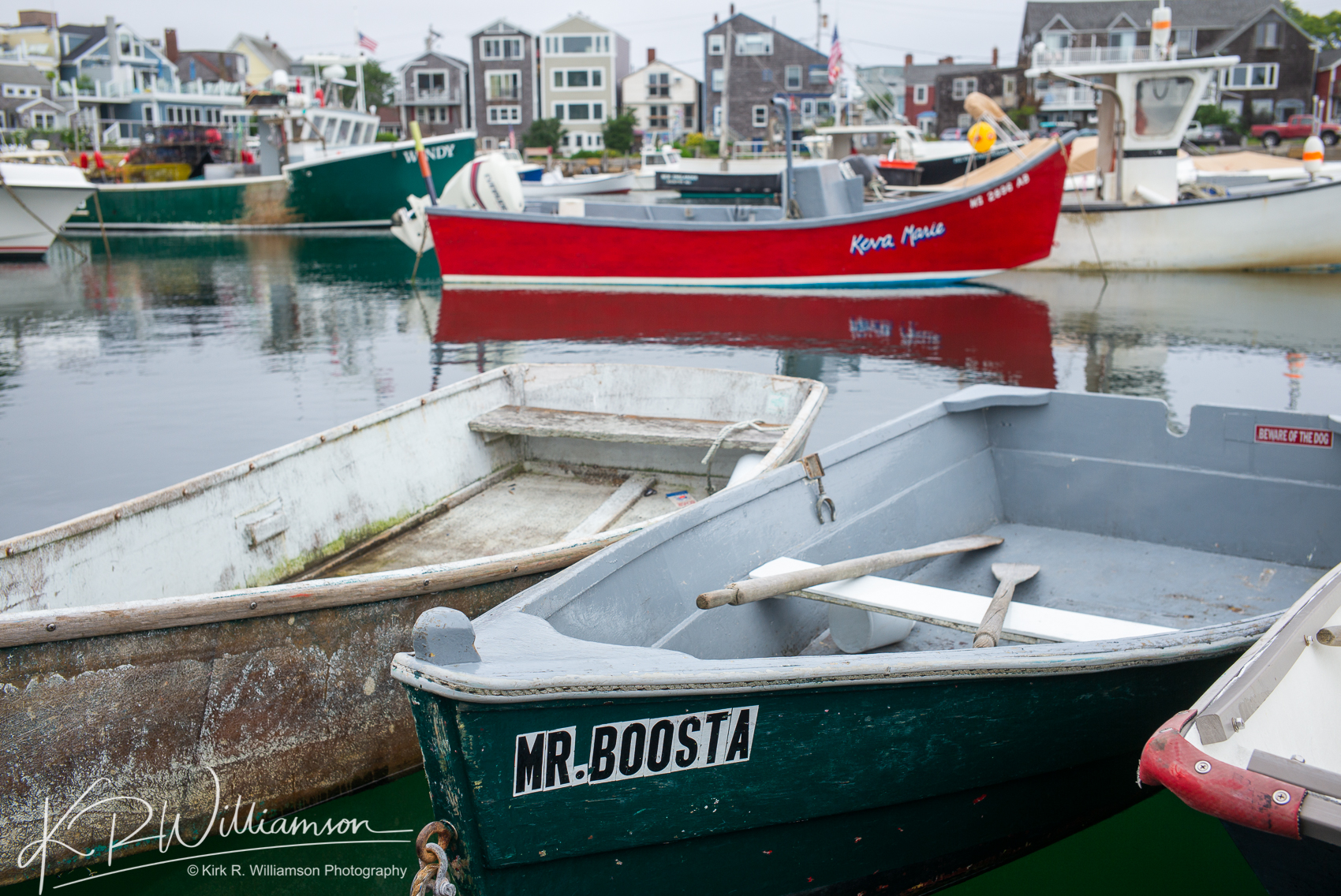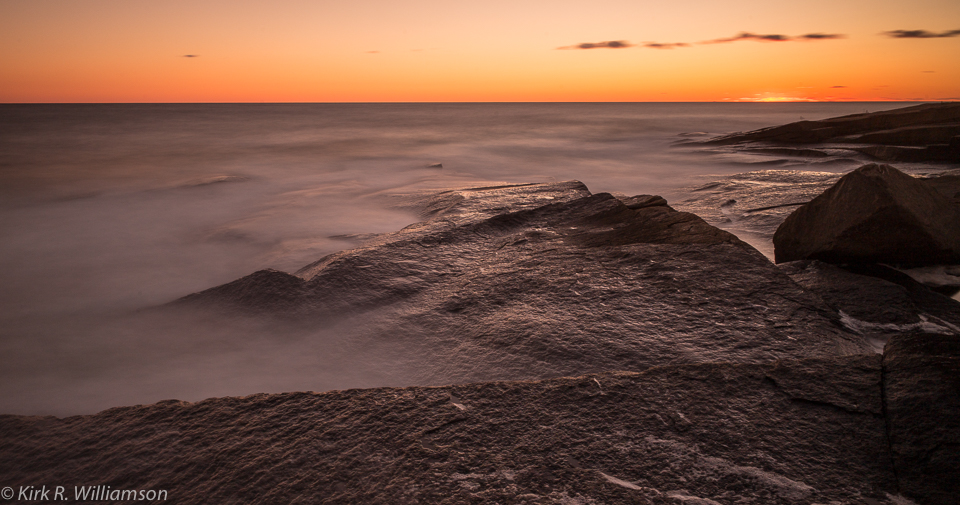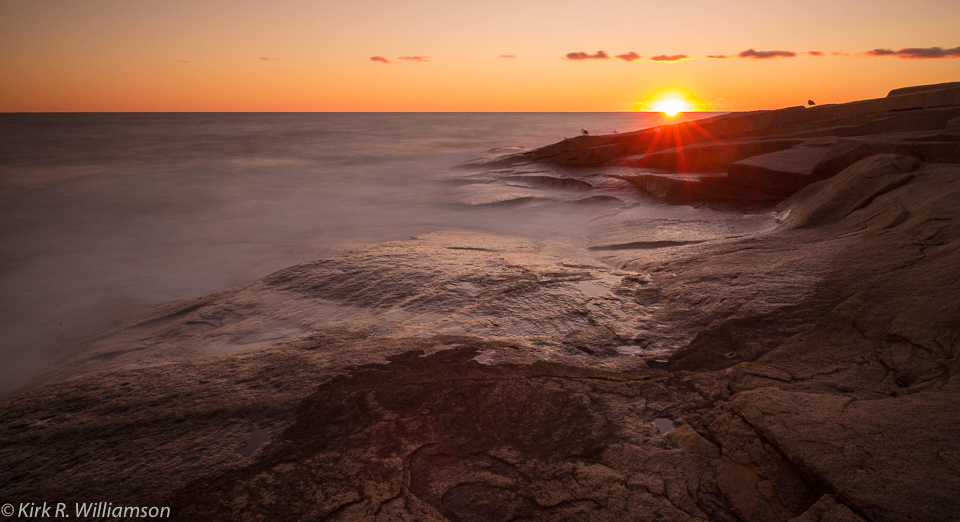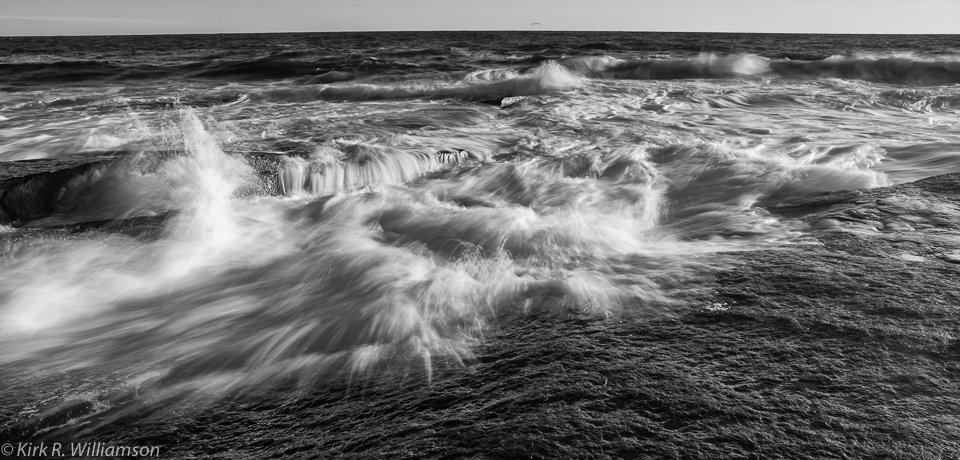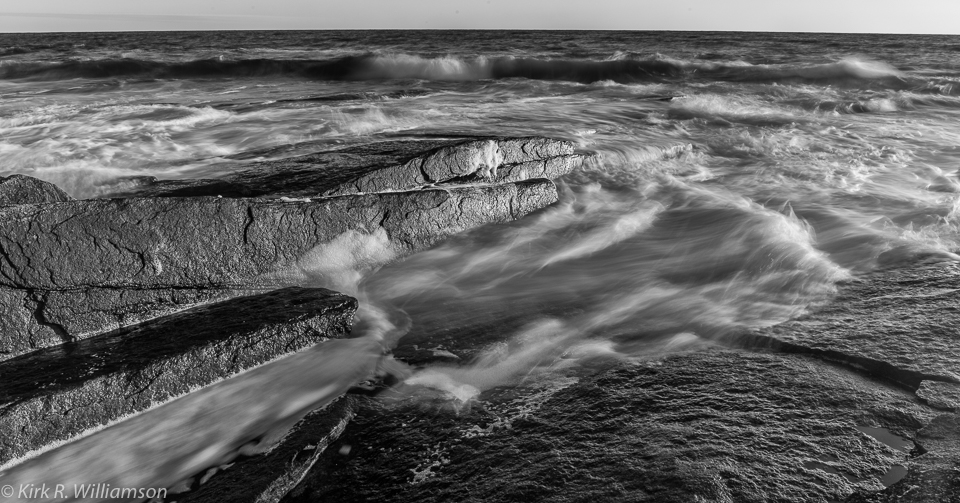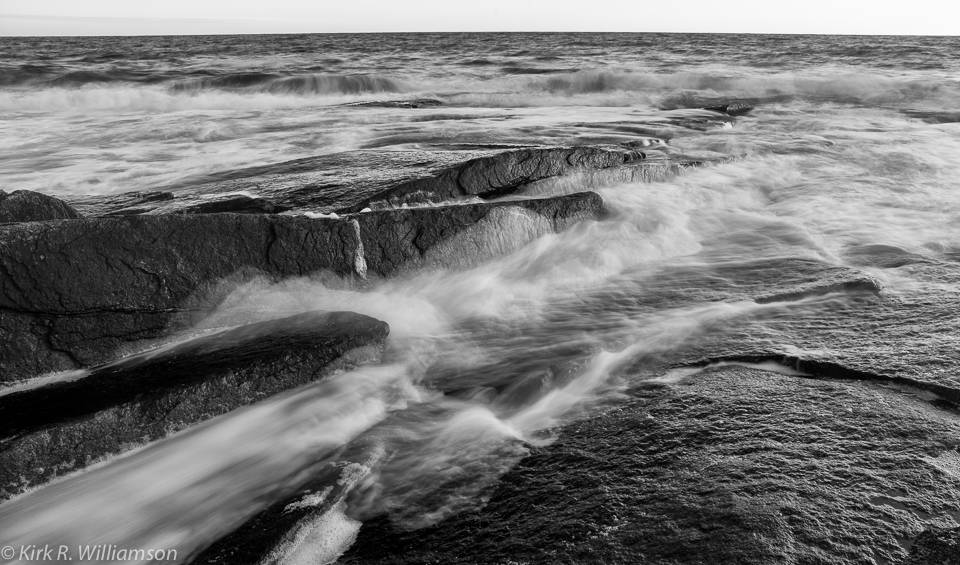Here on Cape Ann with have a schooner festival every year. It’s a grand affair and it harkens back to 1928-1939 when schooner races happened regularly. This year the schooners Columbia and Bluenose 2, both replicas, one brand new and the other recently completely refitted visited Gloucester for the occasion. I was lucky enough to ride out to greet them on the schooner Ardelle. It was an incredible experience. Both schooners are magnificent.
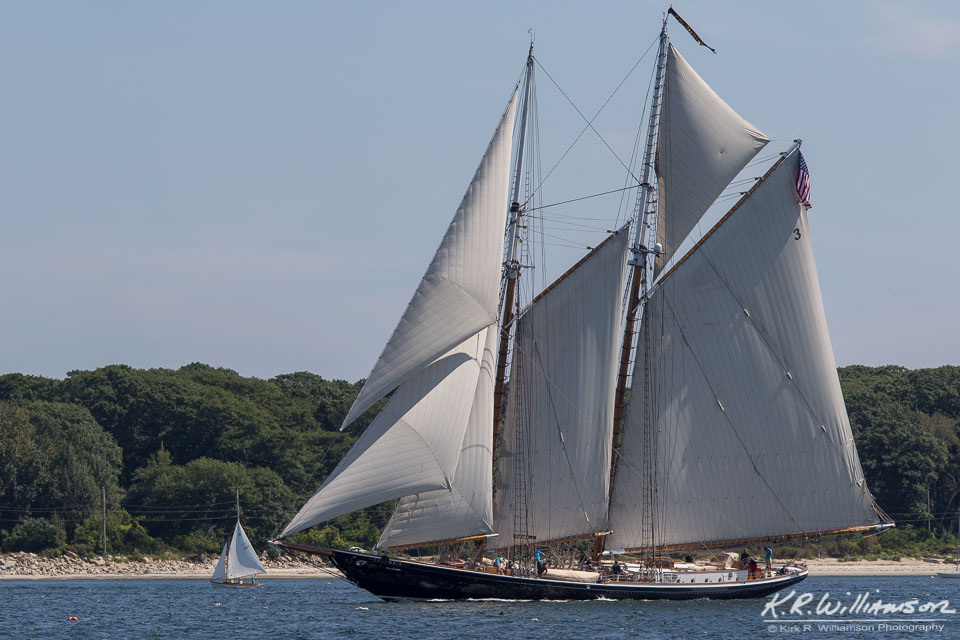
When photographing sailing yachts it’s helpful to keep in mind some loose rules. If the yachts are large you need to show scale or their majesty is lost.
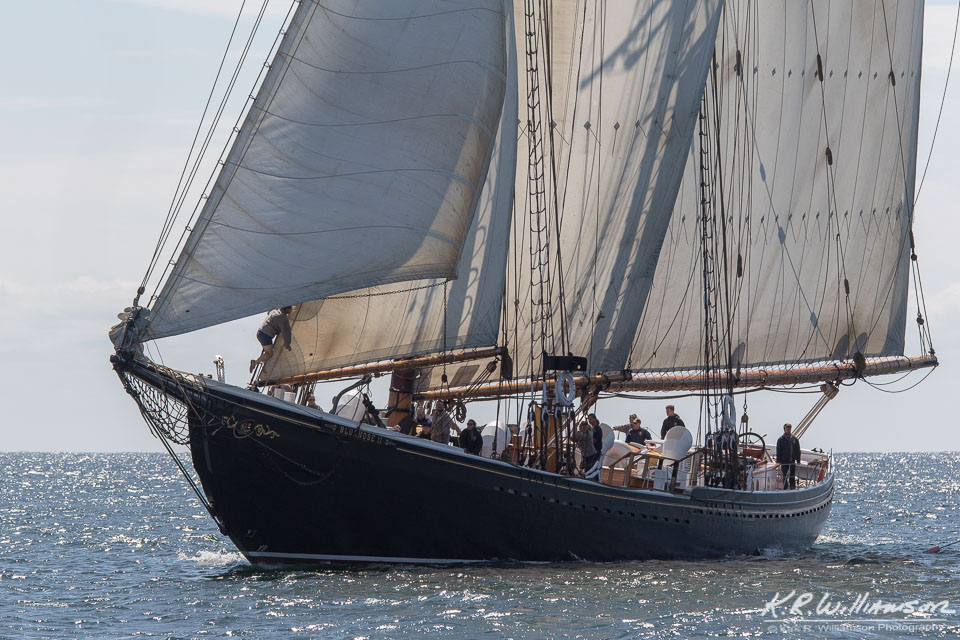
Try to shoot with a long lens to compress the field of view and only include a portion of the sail area. If you can see people on board it also adds scale.
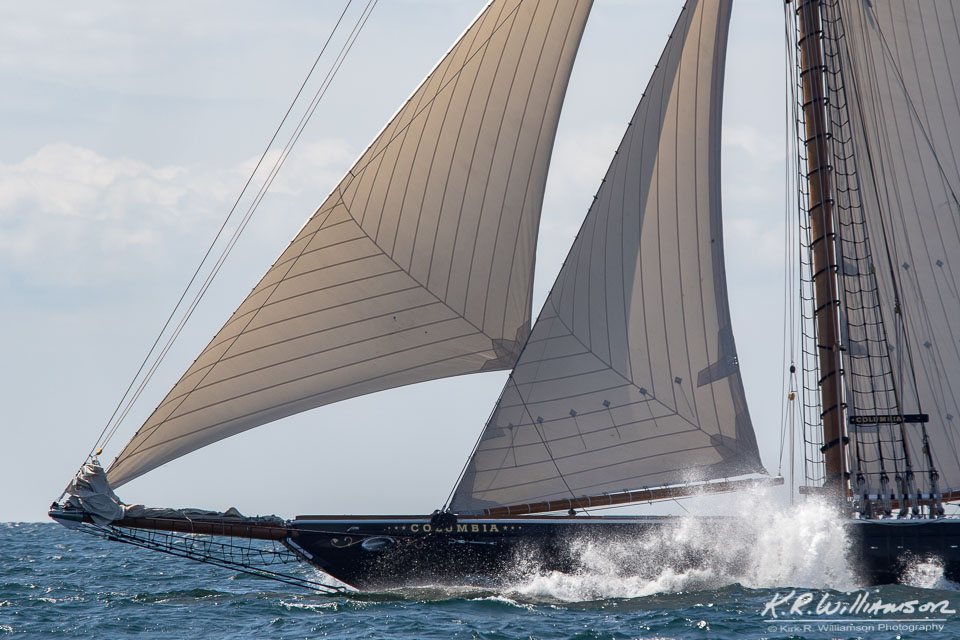
Showing action also helps to give a majestic view to large sailing yachts.
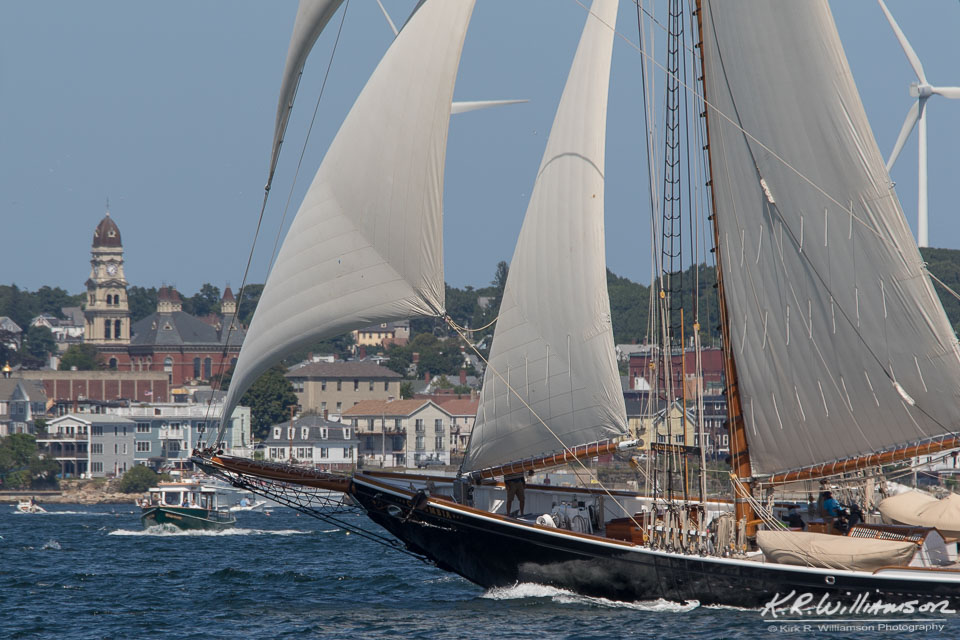
Adding context to the image gives the viewer a sense of where the yacht is. I was lucky here as as the schooner entered the harbor and we were behind and to the side which gives us some context with this image.
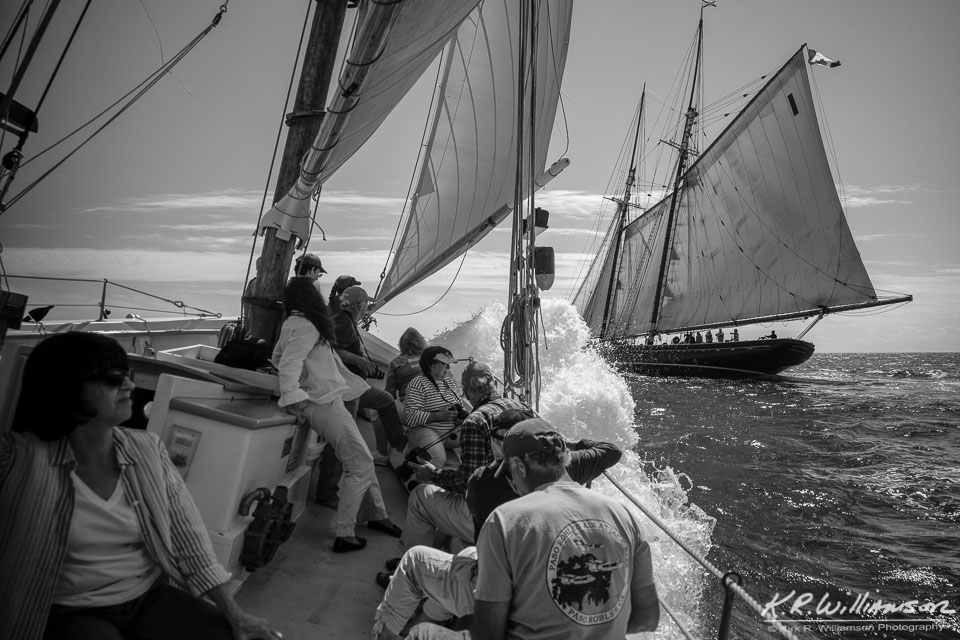
I also chose to tell a story by using a 21 mm lens and showing the passengers on the schooner I was on. Again showing context.
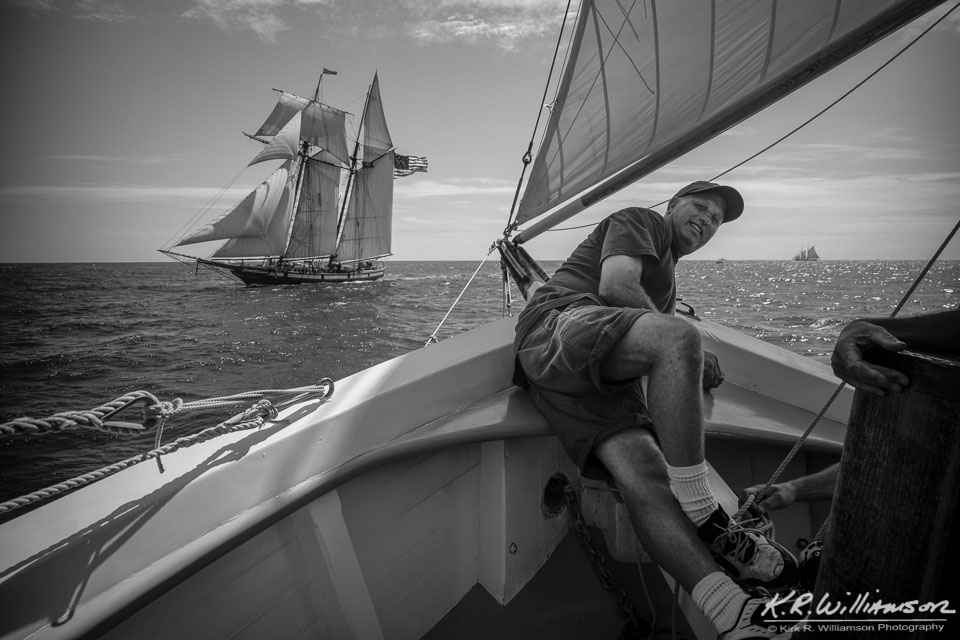
The 21 mm lens again pulls in another schooner going by and one in the distance all while the owner of the Ardelle Harold Burnham holds court at the bow of the Ardelle.
